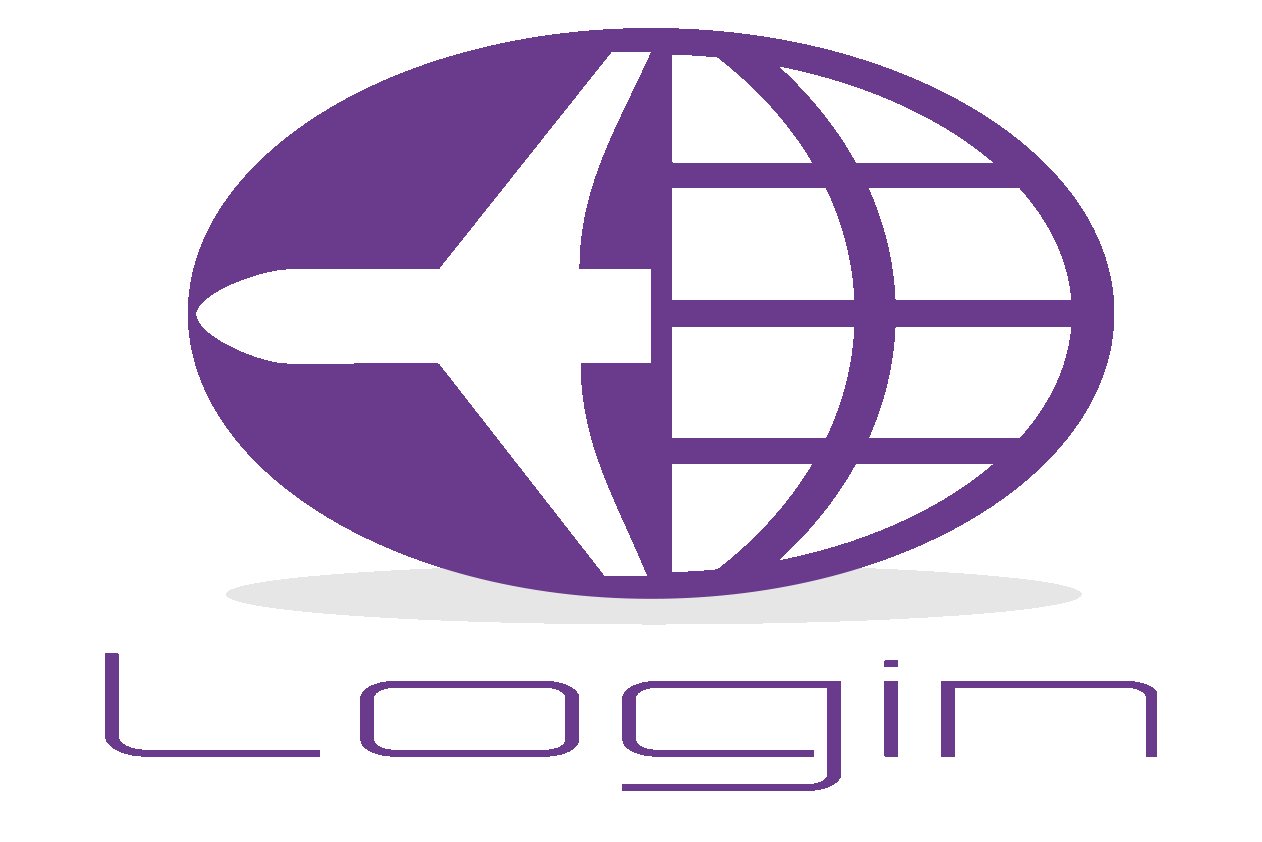Flying with Artificial Intelligence
Artificial Intelligence (AI) has been making significant progress in various industries, and the aviation sector is no exception. The aviation innovators have been using AI to optimize operations, and improve customer service. AI-powered algorithms can analyze vast amounts of data, including weather patterns, flight paths, and maintenance data, to predict potential matters.
The PERF-AI, a research project created by Safety Line, an innovate aviation solutions, utilized machine learning techniques to analyze the aircraft parameters stored in quick access recorders and black boxes, which are collected from all flights to constantly to update the aircraft's performance data, adjusts flight trajectories; allowing to reduce travel time, cost efficiency as far fuel consumption and lower carbon footprint.
Jet operator such as XO and TapJets use AI to book a private jet under one minute, both corporations have used this modern technology with human support to offer personalized and efficient travel services. TapJets claims to possess the knowledge of user preferences, similar to a broker or personal assistant. They have a system in place to gather and understand individual preferences for individual’s business travel.
Wisk and Boeing are using their platforms to build upon proven aviation systems such as autopilots, precision navigation, and data links through the combination of AI, and built the Generation 6 , world’s first all-electric, autonomous, four-seat eVTOL (electric vertical takeoff and landing) air taxi designed for passenger transport; Wisk disclosed a $450 million investment from Boeing that will help the company accelerate the development of its latest electric vertical-takeoff-and-landing vehicle
FlytX, a Virtual AI assistant for business jet cockpits, created by Thales; touchscreen FlytX avionics suite with an artificial intelligence virtual pilot assistant which is designed to fly the aircraft completely. It can securely link avionics systems with operation centers, other service providers, and the open world (third-party mission applications) making the cockpit more mission-oriented and flexible, FlytX allows integration features such as SVS, Digital Map and new navigation HSI.
AI is rapidly changing the world, and its impact on Login Aviation Services is no exception. We are constantly working to implement this new technology to automate tasks, improve decision-making and have a service adapted to technological advances and grow in the industry even more.






